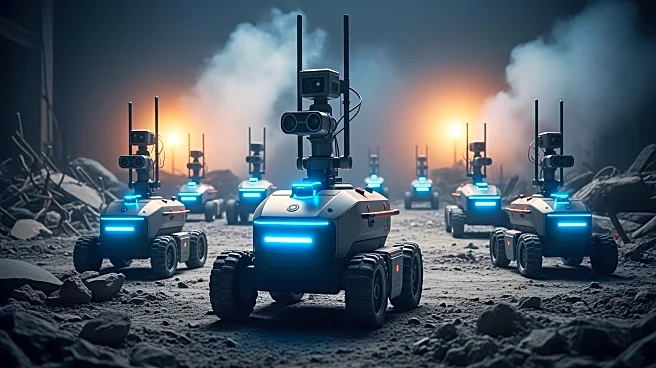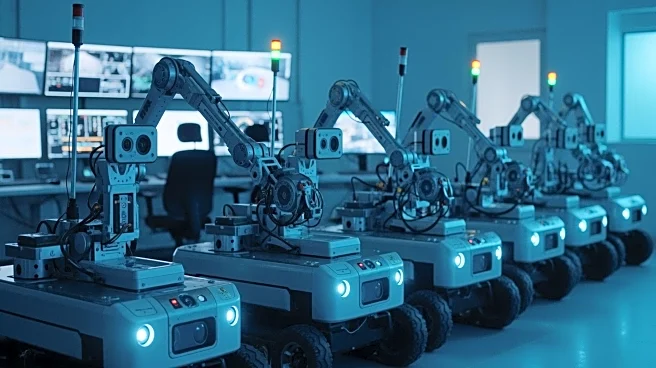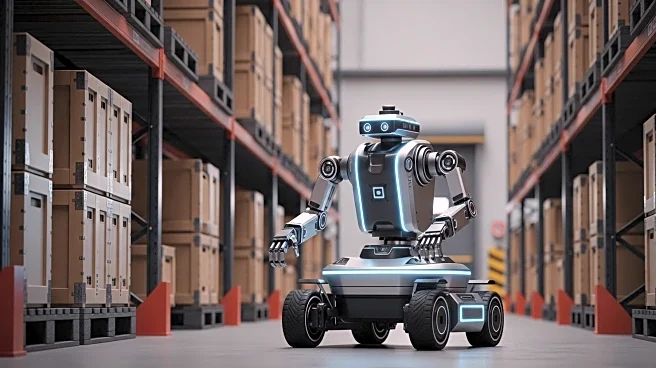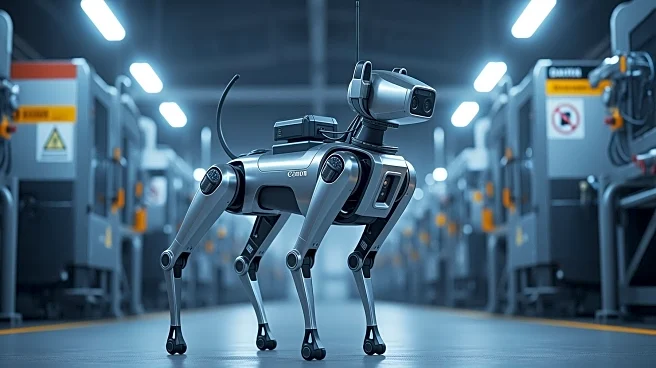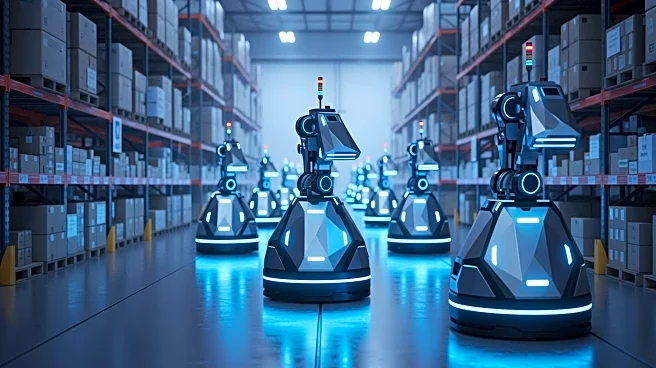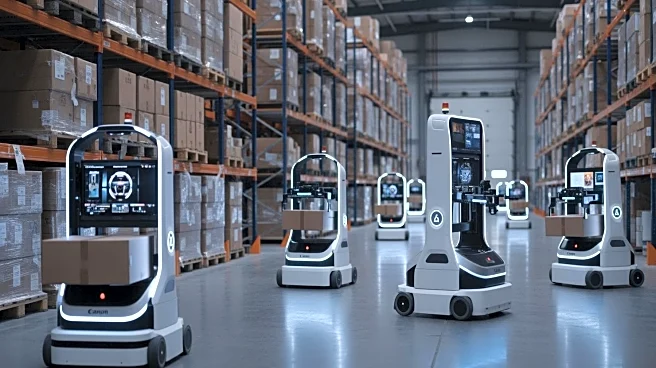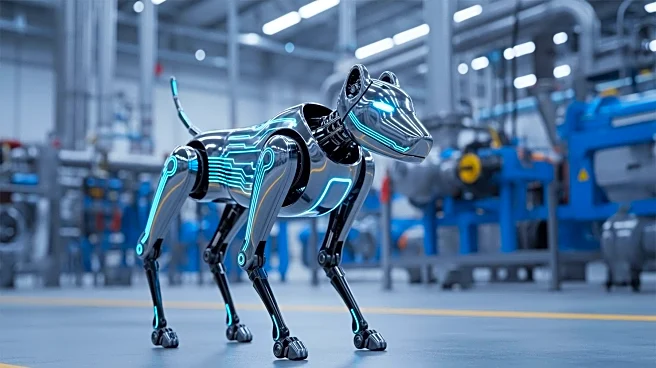What's Happening?
Researchers have introduced a novel control framework designed to enhance the navigation capabilities of autonomous search and rescue (SaR) robots in dynamic and cluttered environments. This system combines
a heuristic motion planner with tube-based model predictive control (TMPC), allowing robots to navigate safely and efficiently through post-disaster areas. The framework operates in a stateless, perception-driven manner, relying on real-time environmental data rather than memory of past states. This approach addresses the limitations of existing methods, which often assume static environments or lack performance guarantees. The study demonstrated that the new system outperformed standard algorithms by up to 42.3% in safety and efficiency, providing a scalable solution for real-world SaR missions.
Why It's Important?
The development of this control system is significant as it enhances the ability of SaR robots to operate in hazardous post-disaster environments, reducing human exposure to danger. By improving navigation efficiency and safety, the system can potentially save lives during rescue operations. The framework's ability to predict obstacle movements and ensure collision-free paths marks a substantial advancement over existing methods, which often fail in complex scenarios. This innovation could lead to more reliable deployment of autonomous robots in disaster zones, offering formal safety guarantees through mathematical optimization rather than relying on data-driven approaches that lack such assurances.
What's Next?
The researchers suggest that the system's stateless design can be extended to memory-augmented approaches for enhanced robustness. Future developments may include optimizing the TMPC objective function to minimize mission time further. The framework's scalability and reliability indicate strong potential for real-world deployment, with possibilities for coordinating multiple robots in disaster scenarios. As computational resources increase, the system's feasibility and efficiency are expected to improve, paving the way for broader applications in emergency response and other fields requiring autonomous navigation in complex environments.
Beyond the Headlines
This research highlights the ethical and practical implications of deploying autonomous robots in disaster zones. The ability to make safe, fast decisions is crucial not only for technical success but also for saving lives. The system's reliance on real-time perception rather than past data offers a flexible and efficient solution, potentially transforming how rescue operations are conducted. As technology advances, the integration of autonomous systems in emergency response could lead to significant shifts in public policy and societal attitudes towards robotics and automation.
